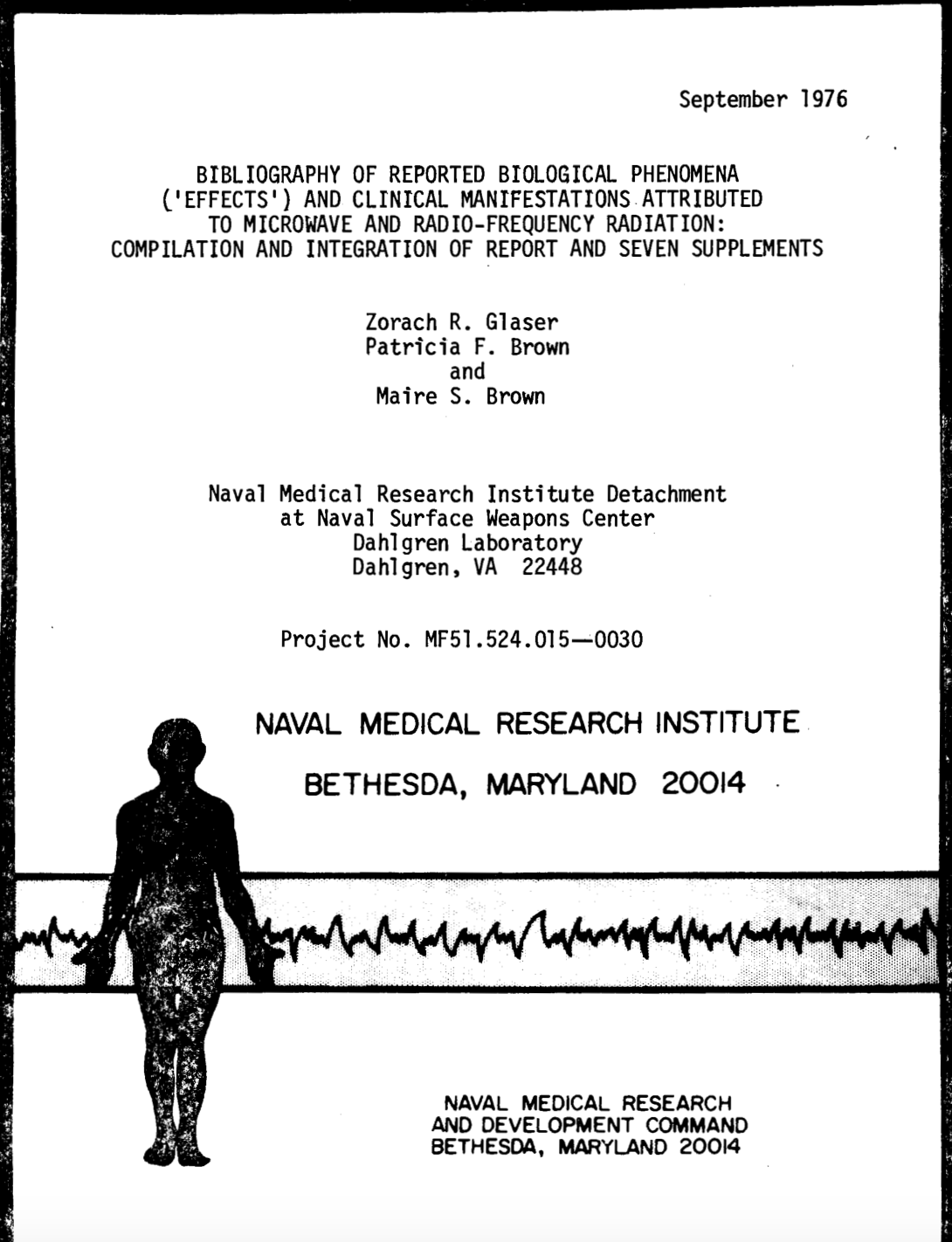Summary of seven Swedish case reports on the microwave syndrome associated with 5G radiofrequency radiation
- Gegevens
- Gepubliceerd: zaterdag 22 juni 2024 09:59
Abstract
The fifth generation, 5G, for wireless communication is currently deployed in Sweden since 2019/2020, as well as in many other countries. We have previously published seven case reports that include a total of 16 persons aged between 4 and 83 years that developed the microwave syndrome within short time after being exposed to 5G base stations close to their dwellings. In all cases high radiofrequency (RF) radiation from 4G/5G was measured with a broadband meter. RF radiation reached >2,500,000 to >3,180,000 μW/m2 in peak maximum value in three of the studies. In total 41 different health issues were assessed for each person graded 0 (no complaint) to 10 (worst symptoms). Most prevalent and severe were sleeping difficultly (insomnia, waking night time, early wake-up), headache, fatique, irritability, concentration problems, loss of immediate memory, emotional distress, depression tendency, anxiety/panic, dysesthesia (unusual touched based sensations), burning and lancinating skin, cardiovascular symptoms (transitory high or irregular pulse), dyspnea, and pain in muscles and joints. Balance disorder and tinnitus were less prevalent. All these symptoms are included in the microwave syndrome. In most cases the symptoms declined and disappeared within a short time period after the studied persons had moved to a place with no 5G. These case histories are classical examples of provocation studies. They reinforce the urgency to inhibit the deployment of 5G until more safety studies have been performed.
https://www.degruyter.com/document/doi/10.1515/reveh-2024-0017/html


 Wetenschappers pleiten bij de Wereldgezondheidsorganisatie om de IARC-classificatie van de elektromagnetische straling te verhogen naar categorie 1, nadat de Ramazzini Institute studie en de studies van de Amerikaanse overheid dezelfde ongewone kankers vaststelden.
Wetenschappers pleiten bij de Wereldgezondheidsorganisatie om de IARC-classificatie van de elektromagnetische straling te verhogen naar categorie 1, nadat de Ramazzini Institute studie en de studies van de Amerikaanse overheid dezelfde ongewone kankers vaststelden.